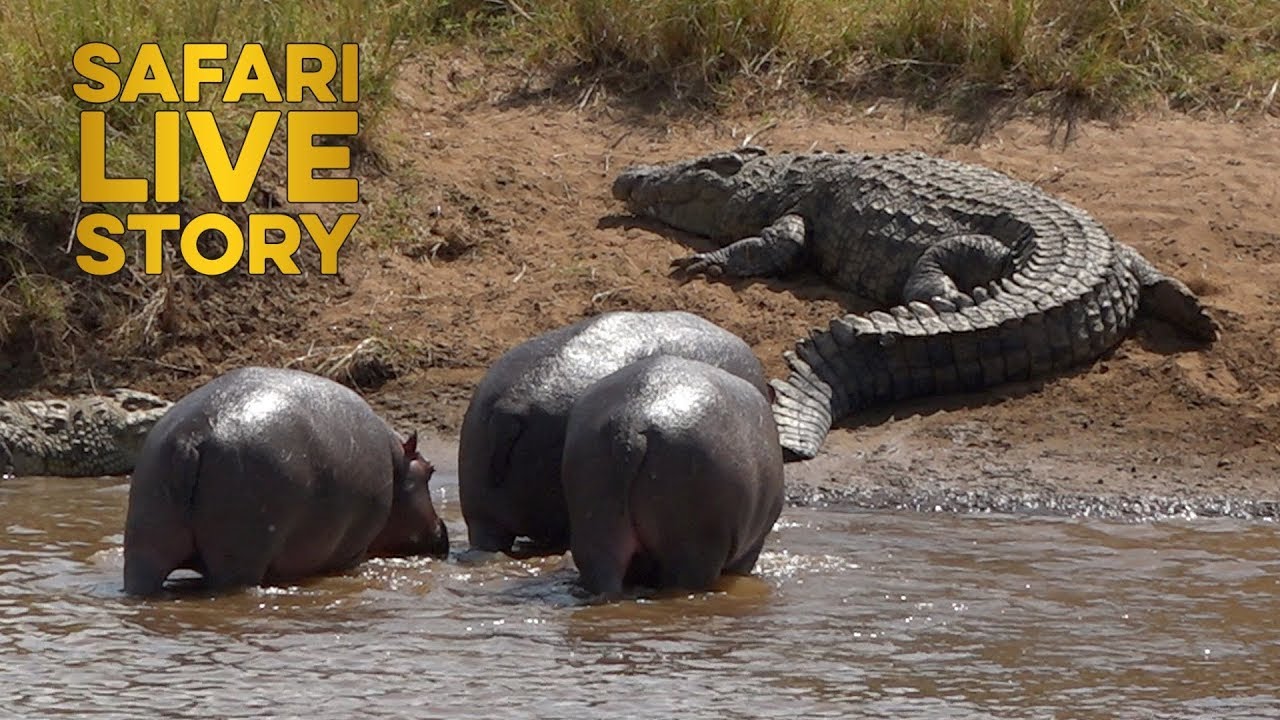This article compares the characteristics and behavior of hippos and crocodiles, two of the deadliest predators in the rivers and lakes of Africa, to determine which one is the top predator. Hippos are semi-aquatic herbivores that can weigh up to 3 tons, while crocodiles are reptiles that can grow up to 23 feet long and exert a force of up to 3700 pounds per square inch with their powerful jaws. Both animals are territorial and dangerous to humans, making it important to exercise caution when encountering them in the wild. It is difficult to determine which one is the top predator in the river, as both have unique strengths and threats.
Introduction
The rivers and lakes of Africa are home to some of the deadliest predators on the planet. Two of the most fearsome creatures that dominate these water bodies are the hippopotamus and the crocodile. But who really is the top predator in the river? In this article, we will compare and contrast the characteristics and behavior of these two fierce creatures to determine which one reign supreme.
Physical Characteristics
Hippopotamus
The hippopotamus is a semi-aquatic mammal that can weigh up to 3 tons and grow up to 14 feet long. It has a bulky and barrel-shaped body, with short legs that support its massive weight. Its skin is grayish-pink and thick, with sparse hair covering its body. The hippopotamus has two sharp and massive tusks, which can grow up to 20 inches long. It also has powerful jaws that can effortlessly crush bones and rip flesh apart.
Crocodile
The crocodile is a reptile that can grow up to 23 feet long and weigh over a ton. It has a long and muscular body, with four short legs that enable it to move both on land and in water. Its skin is scaly and tough, providing protection against potential attacks. The crocodile has a powerful jaw that can exert a force of up to 3700 pounds per square inch, making it one of the strongest bites in the animal kingdom. It also has razor-sharp teeth, which it uses to tear apart its prey.
Habitat and Behavior
Hippopotamus
Hippopotamuses are mostly found in sub-Saharan Africa, near rivers, and lakes. They are social animals that live in pods of up to 30 individuals. They are territorial and fiercely defend their turf from intruders, including crocodiles. The hippopotamus is a herbivore, primarily feeding on grass, but it can also consume aquatic plants.
Crocodile
Crocodiles are found in freshwater, brackish, and saltwater habitats, mostly in tropical regions. They are solitary animals and are known to be fiercely territorial. They feed on a variety of prey, including fish, mammals, and birds. They are known to lie motionless in the water, waiting for their prey to come close before lunging with lightning-fast speed and power.
Threat to Humans
Hippopotamus
Hippos are known to be one of the most dangerous animals in Africa, responsible for numerous human fatalities. They are territorial and will charge at anything they perceive as a threat, including boats and humans. They are unpredictable animals that can run at speeds of up to 20 miles per hour on land, making them difficult to outrun.
Crocodile
Crocodiles are also known to be dangerous to humans, with an estimated 1,000 attacks per year. They are opportunistic hunters and will attack anything that comes within striking distance. They are ambush predators and will often stalk their prey before launching an attack. They are also strong swimmers and are known to attack humans when they least expect it.
Conclusion
Both the hippopotamus and the crocodile are formidable predators that dominate the rivers and lakes of Africa. However, in terms of who is the top predator in the river, it is difficult to determine. Each animal has unique physical characteristics, behavior, and threats to humans that make them equally dangerous. It is recommended to exercise caution and stay away from both animals when encountering them in the wild.
